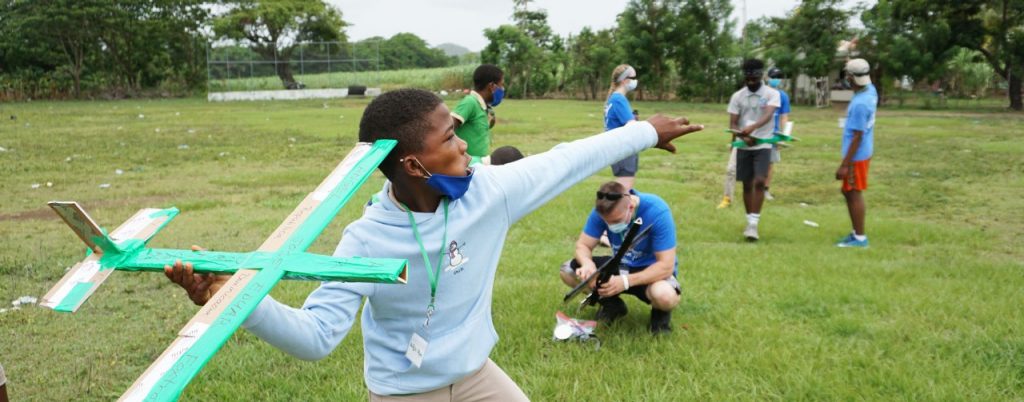
By Alex Parrish
Aerospace engineering major Garrett Asper has made trips to the Dominican Republic with his church since 2014. These mission trips have also included educational elements, giving Asper the opportunity to lead STEM classes for the villages he’s visited.
“In 2019, I did a STEM program with a school that we work with,” Asper said. “This school is very rural. They bus in students from 20 different villages within a 20-mile radius to give them education. We brought them a STEM program to do some activities that were hands-on, like mini model bridges testing their strength and building bottle rockets.”
With that foundation in teaching, Asper wanted to offer a new opportunity for the 2020 trip. His plan, before being canceled with the onset of the COVID-19 pandemic, would have covered circuits and renewable energy. Unable to make the trip, Asper used the time to plan what he might want to offer if a trip was possible in 2021.
Asper had spent time during his freshman year working in the Unmanned Systems Laboratory under the direction of associate professor Kevin Kochersberger. He was familiar with the lab’s involvement in bringing drone education to Malawi.
“This year I wanted to do a similar program, so I talked to Dr. Kochersberger about my history in the Dominican Republic and what I wanted to do,” said Asper. “He was like, all right, let’s do it. I’ll fund the materials.”
“We had students from middle-school age up to 18, and we identified students interested in learning more about STEM,” Asper said. “The school had lost a lot of students who had to go to work in the sugarcane fields during COVID, but we ended up with 42 students. Most of the students at the school got to do the program.”
Members of Asper’s team were “flight instructors” who worked in smaller groups to teach principles of electricity. While the program had been a more broad-based electrical class at its inception, the inclusion of the drone curriculum caused the group to apply those principles more directly to the circuits powering that technology.
Students also started branching out on their own during lessons, creating their own inventions.
“By the end of the day, they were coming up with their own projects, building things that weren’t part of the lesson plan,” said Asper. “That was my goal, to expose them to different areas of STEM as a means of inspiring them to continue with their education.”


